Chinese opera (戏曲, xìqǔ) can be tracked to as far back as the Northern Qi Dynasty, and since then has grown into the instantly-recognizable spectacle of music, costumes, and drama it is today. Its characters are especially memorable as they sing, act, and fight across the stage. There are four main types of roles in opera: Dan, Sheng, Jing, and Chou.
Dan
Dan (旦) is a broad term that refers to all female roles in Chinese opera. Subtypes within the Dan role include Guimen Dan, young women whose parts focused on vocal performance, Zheng Dan (also known as Qingyi Dan), older higher-class women, and Wudan, who specialize in acrobatics and do not often sing.

Up until the late Qing Dynasty, all roles, including the Dan, were played by men. Mei Lanfang, considered one of the “four great Dan,” was one such male Dan performer who pioneered an entire new subtype of Dan and was considered by some to be the greatest vocal artist in modern China. Mei also played a key role in popularizing Chinese opera outside of China over the course of a 50-year career. Male Dan roles were made obsolete during the Cultural Revolution, but the legacies of those actors are forever embedded in the art form.
Sheng
Sheng (生) roles are dignified male roles, such as nobles and scholars. Sheng roles are arguably the most visually diverse, with bare-faced Xiaosheng and bearded Laosheng. Even the martial roles can look drastically different, with there being two distinct types of Wusheng. High-ranking warriors clad in armor and helmets are called Changkao Wusheng, whereas roguish fighters are Duanda Wusheng in tight clothing and simple caps. Guan Yu is sometimes depicted as a Sheng instead of a Jing, further showing the versatility of the role. Sheng are played by both men and women alike in some regions.
Jing
The Jing (净) role, also known as that Hualian or “painted face,” is a male role denoting mighty characters such as warlords or politicians. It is not uncommon for the villain of an opera to be a Jing, but not all Jing are villains. Jing are especially common in historical and military operas such as Romance of the Three Kingdoms.
Compare the righteous and fierce Guan Yu (left) to the cunning and merciless Cao Cao (right), two Jing-type roles from the Romance of the Three Kingdoms. Red face paint is associated with bravery and loyalty, whereas white face paint is associated with treacherous villainous roles such as Cao Cao.
Red, black, and white are the most common colors of face paint found in most Jing characters in Chinese opera, but meanings apply to other colors as well.
Looking at this character’s blue face paint, we can tell that he is confident and stubborn. This is, of course, with his recognizable red beard, Dou Erdun who stole the emperor’s horse and led his fellow countrymen in an act of rebellion. A viewer can learn about a character based on his face paint alone.
Chou
The Chou (丑), or clown, is particularly interesting in that despite almost always being a minor role, it is arguably the most demanding role type. Also known as Xiaohualian due to its featuring a partially painted face, the Chou requires a mastery of comedy, acrobatics, and the ability to improvise during song. Whether a Chou is of high or low status, or good or bad intentions, he is usually liked by the audience. The Chou does not often sing, and most of his comedy is delivered either in verse or through physical comedy, and his actions are often enhanced through percussive instruments as a form of stylized foley artistry.
Closing
As varied and intricate as the roles of Chinese Opera may be, they are perhaps much more similar than one may think. The sweeping pheasant feathers on the Wudan are the same as those on the Wusheng. The Jing and Chou can both be formidable fighters depending on the genre. As broad of a genre opera is, there’s a beautiful unity in the voices heard - and unheard - onstage.
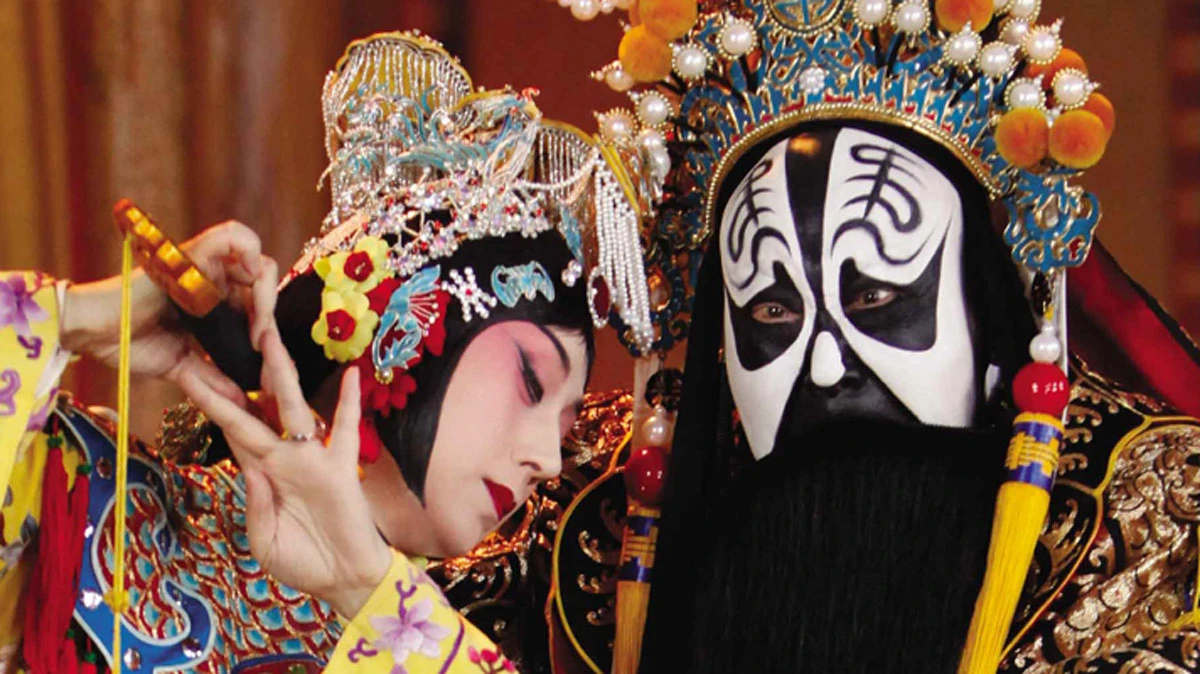
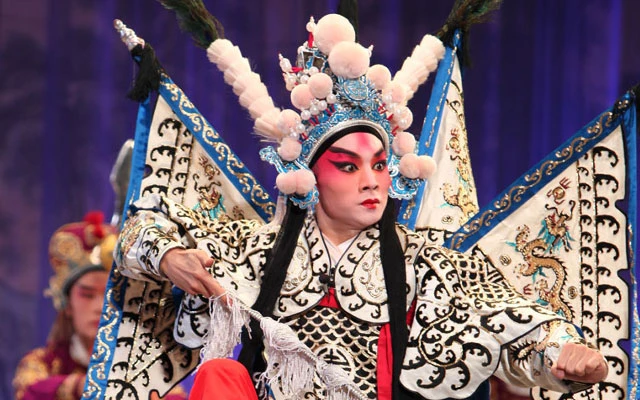
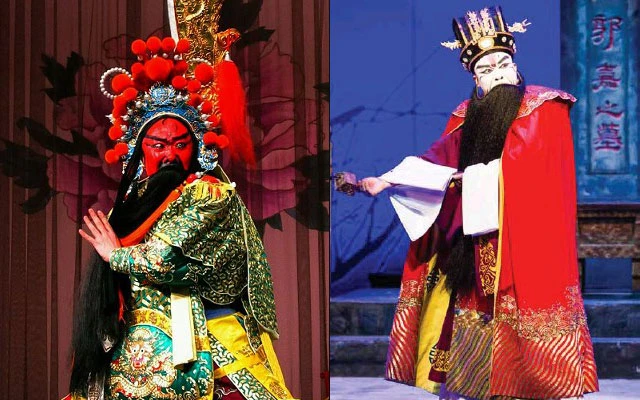
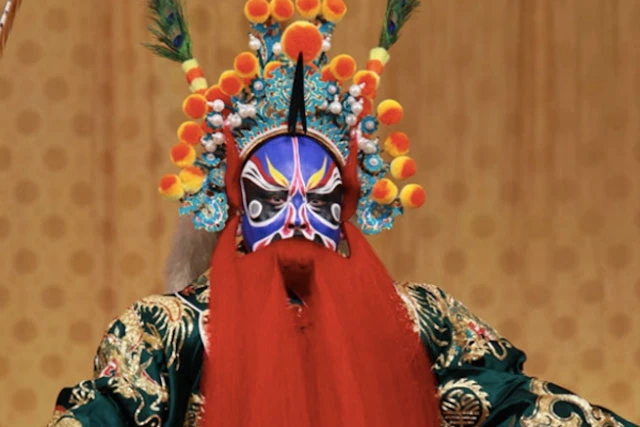
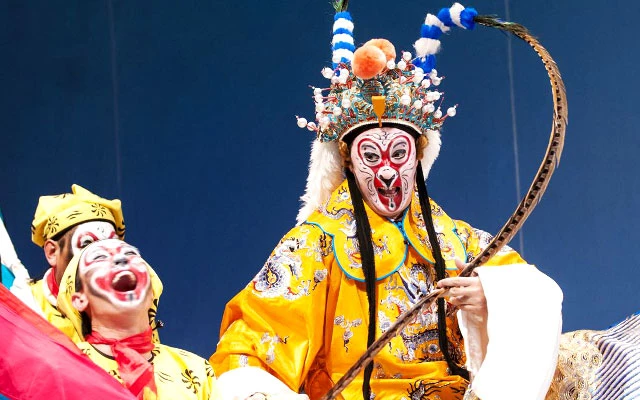


This was really informative and cool to learn, ty!!
Waw, thanks👍
Whoa! I learned so much!
Tapi karakter yang wanita terlihat cantik
Karakter wajah pemain Opera yang pria, terlihat seram